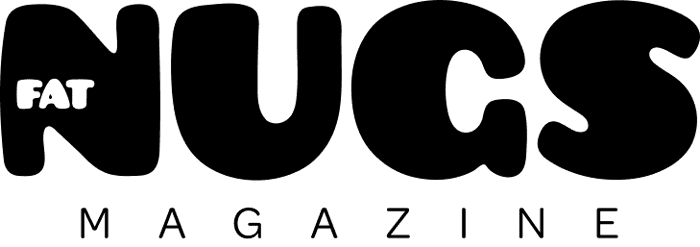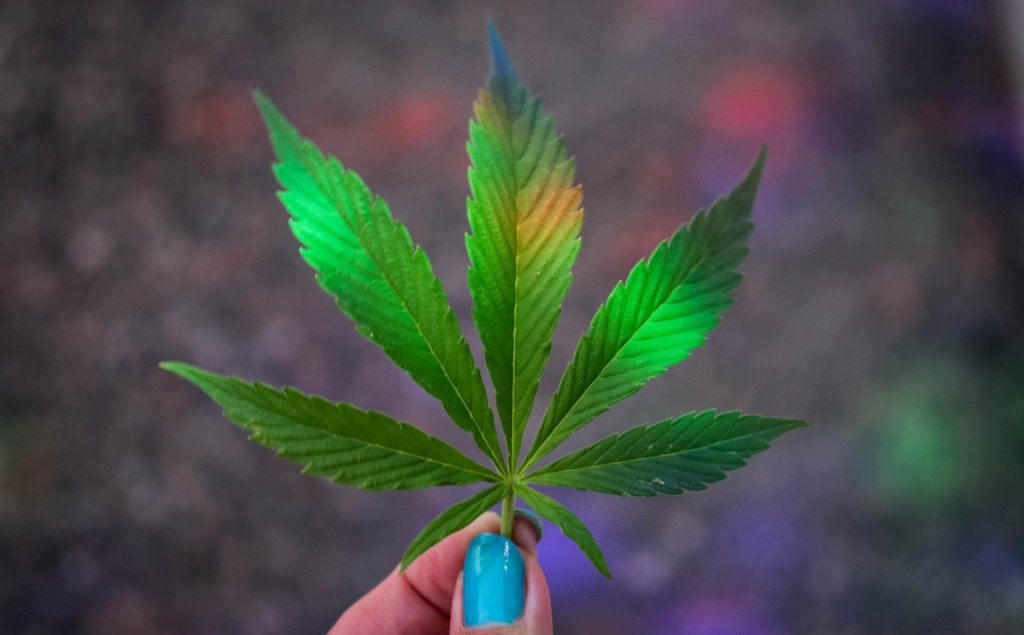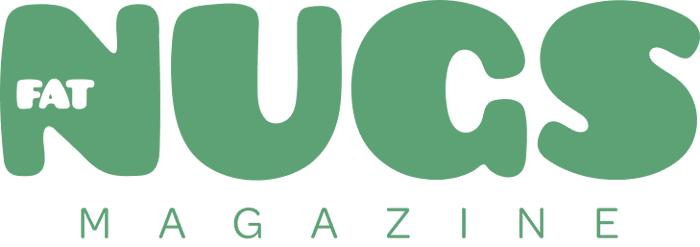Photos Courtesy of Futuresauce
The legends and myths of cannabis are still being unraveled as we speak, but the origin of what was a daily meeting time to smoke eventually led to an almost sacred day of recognition for the benefits of using cannabis. It all began with the Waldos in Marin County, Northern California during the start of the 1970s. Prior to the Waldos telling their story, the rumor mill worked overtime trying to invent a reason for April 20th as a day of observation among cannabis aficionados. Whether celebrated to invite new consumers to experience the plant’s benefits, or to simply partake in a yearly tradition, this day has evolved into a grand advocacy and marketing platform which often eschews the cannabis culture itself.
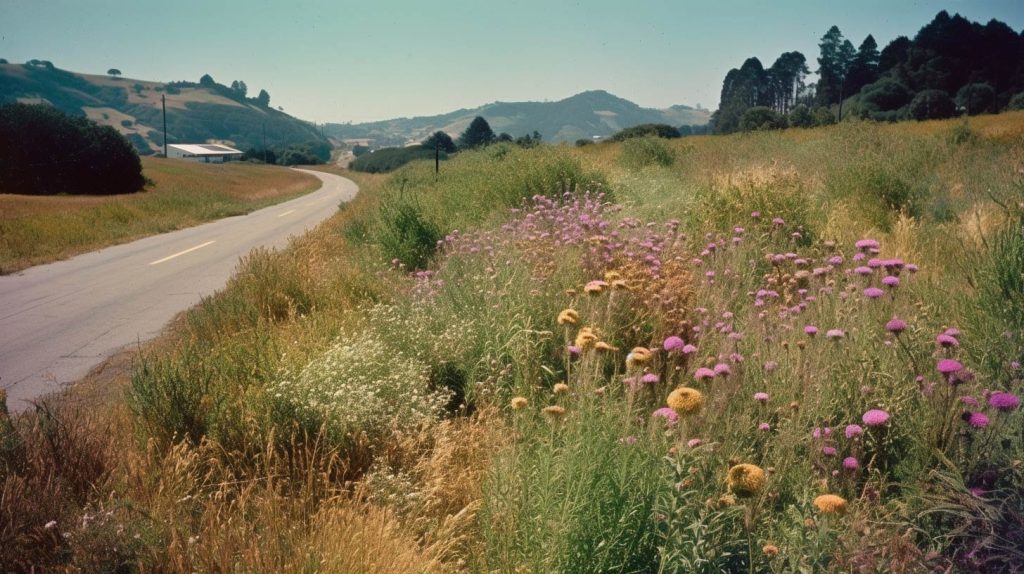 For decades, 420 has had its beginnings shrouded in a smoky whisper of conspiratorial secrecy. These secrecies are woven throughout the interrupted modern history of cannabis due to the persecution of the plant and the profitable prohibition which has marked the last century as a dark period for cannabis purveyors and consumers in America. The coded origins of the number 420 is just one of many coded terms that have been ascribed to cannabis and its use, yet it has become a benchmark for cannabis use worldwide.
For decades, 420 has had its beginnings shrouded in a smoky whisper of conspiratorial secrecy. These secrecies are woven throughout the interrupted modern history of cannabis due to the persecution of the plant and the profitable prohibition which has marked the last century as a dark period for cannabis purveyors and consumers in America. The coded origins of the number 420 is just one of many coded terms that have been ascribed to cannabis and its use, yet it has become a benchmark for cannabis use worldwide.
Even the Waldos origin story regarding 420 has been challenged by their contemporaries, the Bebes, who attended San Rafael High School at the same time as them, at the dawn of the 1970s. The outstanding aspect of the Waldos story is that they journeyed out into the world with their use of 4:20PM as a coordinated time to meet up and smoke cannabis together. This time and terminology eventually became a de facto sub cultural trend by the dawn of the 1980s. In a decade where the administrative efforts of law enforcement and politicians combined to escalate an all out war on the cannabis plant and it’s consumers, the coded 420, reconnoiter time of 4:20 and eventually the date 4/20 would become the secret password calling card for admittance to the subculture of cannabis in America and by the1990s, the world beyond.
West Marin, The Gold Rush, a beatnik and the coastal Miwok
While I wasn’t privy to the San Rafael High School origins of 420 directly, I did come across its use fairly early on. I had first gone out to West Marin in the mid-1970s, on a long road trip from San Bernardino with one of my uncles who had a long friendship with a woman who was part of the original Acid Test, a well known Merry Prankster.
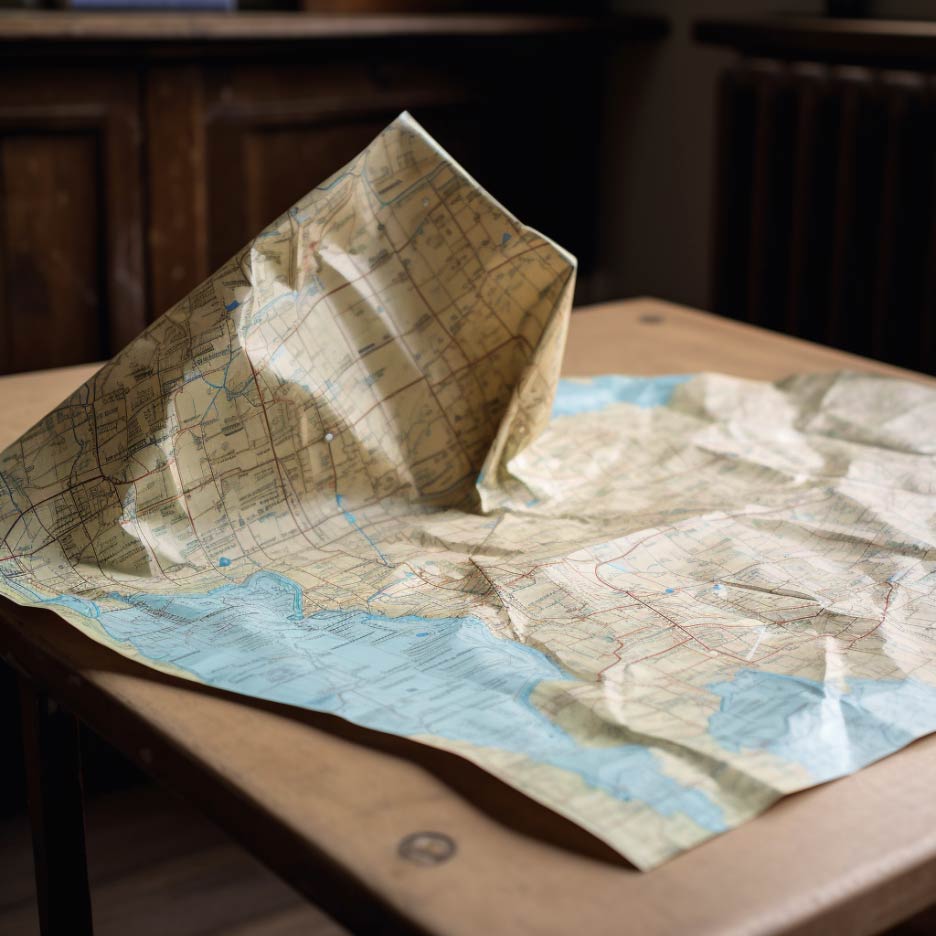 There was a town out in West Marin with a single road that went in and out of town. Now, this town was shrouded in its own mythos, much like the origins of 420 had been obfuscated in a shroud of secrecy, this town demanded that its name and location be kept ‘secret’. A person who was once welcomed there but who left and spoke about the town would not be welcomed back. This was a serious transgression.
There was a town out in West Marin with a single road that went in and out of town. Now, this town was shrouded in its own mythos, much like the origins of 420 had been obfuscated in a shroud of secrecy, this town demanded that its name and location be kept ‘secret’. A person who was once welcomed there but who left and spoke about the town would not be welcomed back. This was a serious transgression.
The Jefferson Airplane, members of Big Brother, the Holding Co., and The Grateful Dead had houses in this aforementioned town, but even prior, the town had been a place for creative types and folks who would want to leave San Francisco, but only a little less than an hour away. It was in this town that these people could find refuge in a like minded progressive community. There were literary renegades from the North Beach, jazz musicians from the Fillmore, anarchist students from UC Berkeley, Hells Angels from Oakland, Hippies from the Haight, The Godfather of the Certified Organic Agricultural movement, expats from the Cold War and the anti-war movement, Back-to-Earth environmentalist folks, and those who came to appreciate the way the community began to shun outsiders as it developed a fierce independence. The Paris Review was edited from the town for several years in absentia of Paris. Way back in the late 1960s, the town began to protect itself from outside development by instituting local ordinances against building any new houses or businesses unless there was already an existing water meter.
Prior to the Gold Rush in 1849, the town had been occupied by whalers that would patrol the waters between its estuary and the Farallon Islands, looking for whales coming in or out of the mouth of the San Francisco Bay. This area would soon be called the Golden Gate, way before the bridge had been built. In 1851, a notorious saloon was erected in town near its small, hidden wharf that lay next to the entrance of a shape shifting tidal lagoon. That saloon never closed, not even during prohibition when boats owned by Al Capone would whisk intrepid revelers off of a clandestine pick up location near Fisherman’s Wharf in San Francisco for a night of illegal gambling and drinking. So, needless to say, there had most likely been cannabis grown in this town going back 100 years prior to my arrival.
I’ve found that there are multiple areas in California where cannabis cultivation and consumption can be traced back to Spanish mission times. The possibility that there was cannabis prior to the Mission Period has been speculated before, but because of the interdiction of prohibition into the cannabis community, a lot of the actual history, especially any details or specifics, is mostly speculation based on hearsay. I can state this much for fact: when I arrived there on that first trip up the coast, there were large weed patches, the biggest I had ever seen outside of Mexico up to that point. I can guarantee you, that was not the first year they had grown weed in that town.
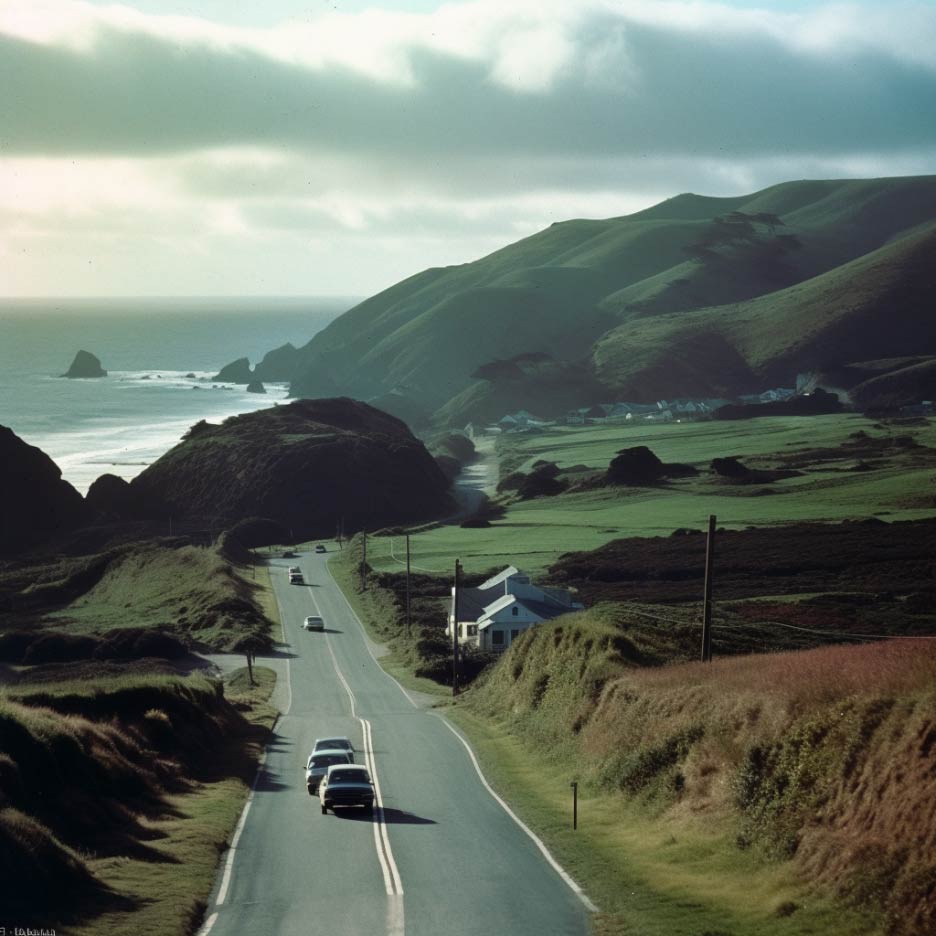 No one knew who had started growing weed there first, and whenever I attempted to get more background, I got different stories. The hippie guy said the beatnik artist was growing it before he came. The beatnik artists said the bikers were here before him. One of the bikers said it was a jazz musician that settled out on the mesa after WW2. Another biker said it was a jazz guy who had been employed in one of Capone’s speakeasy joints. A jazz guy who said he had known that jazz guy, said it was a farmer who supplied the lumberjacks and fishermen. And then there was a story about it being around in the early Gold Rush days, or even that some Spanish Vaqueros who ran the cattle farms out on Point Reyes had grown marihuana out here first.
No one knew who had started growing weed there first, and whenever I attempted to get more background, I got different stories. The hippie guy said the beatnik artist was growing it before he came. The beatnik artists said the bikers were here before him. One of the bikers said it was a jazz musician that settled out on the mesa after WW2. Another biker said it was a jazz guy who had been employed in one of Capone’s speakeasy joints. A jazz guy who said he had known that jazz guy, said it was a farmer who supplied the lumberjacks and fishermen. And then there was a story about it being around in the early Gold Rush days, or even that some Spanish Vaqueros who ran the cattle farms out on Point Reyes had grown marihuana out here first.
I was also told stories by coastal Miwok about how the area was inhabited by Shaman-like individuals who had been banished from many of the nearby communities, and that they smoked a sacred plant so that they could connect with the spirit world. When Miwok peoples needed healing, they would journey to the lagoon with an offering and if it was accepted, they would be allowed to participate in healing ceremonies there, but they could not stay too long, or they would become insane and only be welcome in that banished community.
A cannabis patch and a map
Needless to say, it would be hard for anyone to convince me they know the exact truth, suffice to say cultivating and consuming cannabis is fairly synonymous with this town as much, if not more, than any other place in California. Now, what, you may ask, does all this have to do with 4:20 to 4/20 and the Waldos origin story? Well, the Waldos story, which has been corroborated thoroughly, is founded on the action taken by this aforementioned group of San Rafael high school students. The story goes that they were approached by one of their own who had obtained a crudely rendered map from a Coast Guard member that pointed over Mt Tamalpais to the area where this town was located.
The Waldos reported that the patch was being grown near the Coast Guard station, allegedly established by one of their brothers who was in the Coast Guard, but now they had been spooked by their commander and could not go through with the harvest. This was when the 4:20 meeting time at the Louis Pasteur statue outside of the San Rafael High School had taken on a covert mission impossible dimension. The Waldos would remind each other of the daily mission by saying “Louis 420” to each other and saluting as they passed each other in the halls between classes.
They would meet at the statue and pile into their 1966 4-door safari mobile and head out on 3rd Street through San Rafael until it merged with 4th Street, staying on 4th Street moving west, past San Anselmo, where 4th turns into Sir Francis Drake Blvd, which runs through Fairfax, up White Hill grade, down into San Geronimo Valley. They’d drive past Woodacre, San Geronimo, Forest Knolls, into Lagunitas, past Samuel P Taylor State Park, then up the steep, winding grade where the fresh breeze off of Tomales Bay hits your nostrils with the slight sting of Pacific salt in the air. This turns into a hurtle downhill into Olema, a left at Pacific Coast Highway 1, winding its way along the shadowy edge of the Inverness Ridge to your right, down through 13 corners, past Dogtown. They’d be looking for that bat cave-like immediate right turn that is so easy to miss because there has never been a road sign allowed by the locals anywhere in the area. There was no designation that the town where the map the Waldos possessed would be directing them to.
They would have to edge along the lagoon and approach the town carefully, making a right turn as you enter the mesa above the town in order to head toward Palomarin where the Coast Guard station is located, with vast wooded areas all around. If they mistakenly missed the right turn, then they would proceed to enter the town, where eyes would immediately have been upon them, and a welcoming committee would soon form consisting of members of the town’s unofficial ‘Border Patrol’ which would approach you to ascertain your need to be there.
 A town of characters
A town of characters
When I lived in the town right next door to the Coast Guard Station, growing and consuming cannabis was de rigueur. The notorious saloon had cannabis smoke wafting around constantly. It was like that when I first visited in the mid 1970s and it was still like that when I relocated there and made it the northern hub of my cannabis cultivation activities in the mid 1980s.
The town was home to many colorful characters back then, many of them expats from the San Francisco music scene that had evolved around Bill Graham’s Fillmore West music venue. These same folks participated in the acid tests and love feats and be-ins before moving out there in order to have a bit of privacy, but still be close enough to the gigs that paid the bills in the city. You could see a view of San Francisco across the entrance to the bay from the beach that was a city block away from the entrance to the town.
The Waldo’s may have known that many of their musical and cultural influences had gathered in this town, I’m not sure, if they did, they keep that to themselves until this day. One of the more notable denizens of the town was Danny Rifkin, one of the first managers of the Grateful Dead and one of the folks present the day the SFPD raided the renowned Grateful Dead House at 710 Ashbury St, just off of Haight St in San Francisco. In the aftermath of the raid the Grateful Dead held a press conference and Danny Rifkin gave this statement to the press:
“The arrests were made under a law that classifies smoking marijuana along with murder, rape and armed robbery as a felony. Yet almost anyone who has ever studied marijuana seriously and objectively has agreed that marijuana is the least harmful chemical used for pleasure and life-enhancement.
“The law contains an even greater evil. It encourages the most outrageously discriminatory type of law enforcement. If the lawyers, doctors, advertising men, teachers and political officeholders who use marijuana were arrested today, the law might well be off the books before Thanksgiving. The law creates a mythical danger and calls it a felony. The people who enforce the law use it almost exclusively against individuals who threaten their ideas of the way people should look and act.
“Behind all the myths is the reality. The Grateful Dead are people engaged in constructive, creative effort in the musical field, and this house is where we work as well as our residence. Because the police fear and misinterpret us, our effort is now interrupted as we deal with the consequences of a harrassing arrest.”- Danny Rifkin 1967
I paid attention when I first arrived in this town, I was told that to visit there one had to be invited. I had been invited and not only that, I had something to share when I decided to move out onto the mesa above town. The first day I ventured down to the saloon, I was introduced to a fellow who had helped a writer with a novel about growing cannabis in the 1970s. The author of the novel was T. C. Boyle and the book was titled ‘Budding Prospects’. I was kind of taken aback by how the author of the novel named the town as the hub of the main cannabis grower’s operations. I began to notice that all the other growers in town met by the saloon at a place designated ‘the stone bench’ at 4:20 pm every day. I began showing up at the rendezvous as well. It seemed like a good time to go and share some herb with like minded folks and listen to some local stories about days gone by, and the growers and weed smugglers who had come and gone before me.
Many times after the casual gathering of smokers at 4:20PM, there would be a rally of folks getting into vehicles in order to catch an epic sunset sesh overlooking the Pacific Ocean up on the Ridge Road or out to Commonweal, where there was an abandoned Marconi wireless station. It was this same station where Nikola Tesla installed his disruptive discharge/oscillation transformer many years before. The whole area had a vortex vibe around it. Not a 1/4 mile from Commonweal was the Coast Guard observation station, the same station that was home to the Waldo’s Coast Guard connection.
The Loma-Prieta Earthquake
In 1989, after the Loma-Prieta Earthquake, a lot of apartments became available for cash in San Francisco from landlords who were concerned with being liable for damage or losing the ability to rent. Especially if said apartment was in an old Victorian triplex- then that owner is afraid it might get a red tag and be deemed untenable. I was able to obtain several of these in a short period and as long as I never called the landlord to fix anything, they would never show up. I converted them all into indoor grow rooms, most of them around Hayes and Divisadero, as well as several along Capp Street in the Mission District. My most audacious was a 4 bedroom flat wedged in between an hourly rate hotel and Pancho Villa Taqueria on 16th Street between Valencia and Mission. It would be difficult, I think, to be in San Francisco and grow that much cannabis during the last part of the 80s and the dawn of the 90s and not go to Upper Haight on a fairly regular basis.
During the time after the earthquake, I realized that the same 4:20PM rendezvous I had first heard about in that coastal Marin County town was also being practiced at the entrance to Golden Gate Park. It covered an area from hippie hill all the way over to the panhandle park. Cannabis enthusiasts met up and if one person didn’t have their own, someone would pass them something. I got offered many times when I went up there back then, but when you are running several full-term outdoor grows and multiple indoor operations, you can appreciate these public smokers openly extolling the virtues of the cannabis plant. However, I would’ve felt pretty dumb ending up in the bullpen facing time because I let my guard down.
 420 Goes Commercial
420 Goes Commercial
It was also around this time that I noticed High Times had something like a “Top 20” list that was supposedly reader generated. I had grown a bit disillusioned with High Times years before for various reasons, but one of my side hustles was creating t-shirts with altered corporate logos that sold in various ‘head shops’ around the Bay Area. I sent a few down to Venice Beach now and then. For several years an old school surfer named Buzz had been selling shirts in his surf shop up in the West Marin town that bore a simple logo of a clock stopped at 4:20 on its dial. The shirt was worn by West Marin locals with pride, their inside joke about some stoner kids meeting everyday after school, with the intention of finding a weed patch somewhere in the area of the town.
But, around 1991, I saw a shirt that was mass produced by a company that had the US Interstate logo for I-420. It was around that time that I began to hear the conspiracy theories around the meaning of 420. I heard that it was police code for marihuana smoking in progress. I heard that it was because there were 420 chemical compounds in cannabis. Those were the most prevalent, but there were many, many more. I’m sure it was a big part of the driving force in the popularity of 420, folks could believe in any number of origin stories and it felt like some underground, cool capital. If I found myself in a place where I felt free to speak on 420, I would relay what I heard, always leaving out the name of the town. This also coincided with the town’s own ‘border patrol’ getting very leery of outsiders and the habit locals had of tearing down any road signs that mentioned the town by name which CalTrans would regularly put up along Highway 1. As soon as the signs went up, the quicker they came down. I appreciated that level of commitment to privacy in the community I lived and did a lot of my work in. Especially after DEA agents infiltrated the town and conducted one the largest LSD busts in California history. After that, I pretty much let anybody tell me whatever they wanted to believe was the origin of 420. Over the years, I witnessed how it became co-opted and commercialized, heard the Waldos finally tell their story, and saw the Bebes try to contradict it. I fondly remember the first years in the 1980s that I participated in the festivities and sensed a strange feeling as I watched it become this promotional tool.
Celebrating the Holiday
Today, 420 involves worldwide events from cannabis communities and their favorite artists from Hippie Hill in San Francisco to venues all around the globe, especially in decriminalized areas. The Waldos have a Lagunitas beer named after them. The Bebes have a band called the 420 Band. Every cannabis brand at every dispensary hopes to see sales point upward around April 20th, sort of a ‘Black Friday’ effect. 420 is embedded in cannabis culture to the point where it will not fade away anytime soon. For better or worse, it has become a rallying point now and an indoctrination marker. If you engage in cannabis use, it will eventually become a coded term you encounter, if not at your first point of engagement, then at the very least soon afterward.
Many have come to celebrate 420 as a personal holiday in order to consecrate their relationship with the cannabis plant on a yearly basis. Whether most who pick up the usage of 420 realize it or not, it is a remnant of the height of cannabis prohibition, steeped in the efforts to avoid persecution during the rampant violence and racism of the failed war on drugs that still ravages America. It is part of the secret coding produced by prohibition that enables access without divulging admission to a crime, like the secret knock or password spoken through a keyhole on a speakeasy door in the 1920s.
Nowadays, 420 is a symbol of the persistence of American cannabis culture, from places like New Orleans over 200 years ago, where it was intertwined with music and art, to the dawning of this new era where cannabis use is being destigmatized and slowly codified into laws. Not yet quite legal, but now out in the open again in a way where secret codes may soon no longer be necessary. Nevertheless, these secret codes are something we will celebrate as one of the vehicles that got us through this recent passage, this journey of a sacred plant and its most devout practitioners. Happy 420 to everyone who is celebrating out there and keeping the journey moving.
